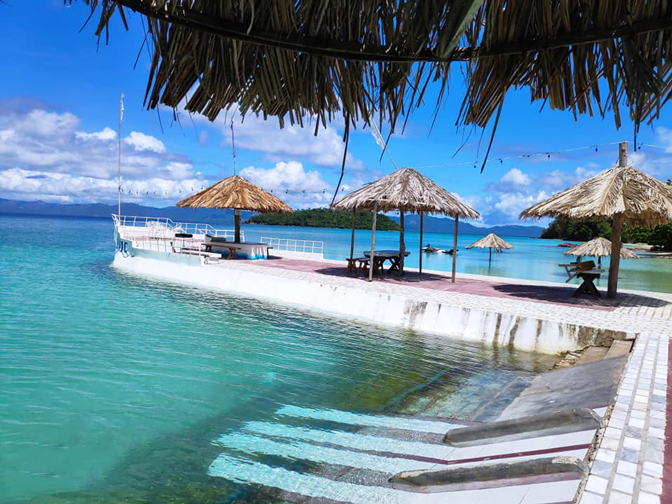Can Romblon Rival Boracay’s Tourism Success?
Romblon, a quiet province in the Philippines, has beaches with sand as fine as Boracay’s. Its waters are just as clear, and its landscapes remain untouched by mass tourism. But can it really become the next Boracay?
The answer depends on several factors—some within control, others not. Let’s break them down.
Why Romblon Could Succeed
Unspoiled Beaches
Boracay’s White Beach made it famous, but Romblon has Bonbon Beach, Cresta de Gallo, and Carabao Island.
These spots have fewer crowds, giving travelers a more private experience.
Diving and Marine Life
Romblon’s coral reefs are healthier than Boracay’s were before tourism boomed.
Dive sites like Cobrador Island attract underwater enthusiasts.
Cultural Appeal
Unlike Boracay, which is mostly known for parties, Romblon has a strong local culture.
You can visit marble workshops, a unique industry in the province.
Challenges Holding Romblon Back
Accessibility Issues
Boracay has direct flights from Manila and Cebu. Romblon doesn’t.
You must take a ferry from Batangas or fly to Tablas Island first.
Limited Tourist Infrastructure
Boracay has luxury resorts, budget hostels, and everything in between.
Romblon’s accommodations are mostly small guesthouses.
Environmental Risks
Boracay shut down in 2018 due to pollution. Romblon could face the same fate if growth isn’t controlled.
Waste management is already a concern in some areas.
What Needs to Happen for Romblon to Grow
Better Transportation Links
More flights and faster ferries would make Romblon easier to visit.
Example: Cebu Pacific adding direct flights could be a game-changer.
Stricter Environmental Policies
Boracay’s problems came from unchecked development.
Romblon should enforce building limits and waste regulations early.
Marketing as an Eco-Destination
Instead of copying Boracay’s party scene, Romblon could attract nature lovers.
Promote sustainable tourism—kayaking, diving, and cultural tours.
What This Means for Travelers
Visit now before crowds increase and prices rise.
Support local businesses—eat at small restaurants, book local guides.
Travel responsibly—avoid single-use plastics, respect marine sanctuaries.
Final Thought
Boracay’s success came with major downsides—overcrowding, pollution, and higher costs. Romblon has a chance to do things differently.
Will it learn from Boracay’s mistakes, or repeat them?


